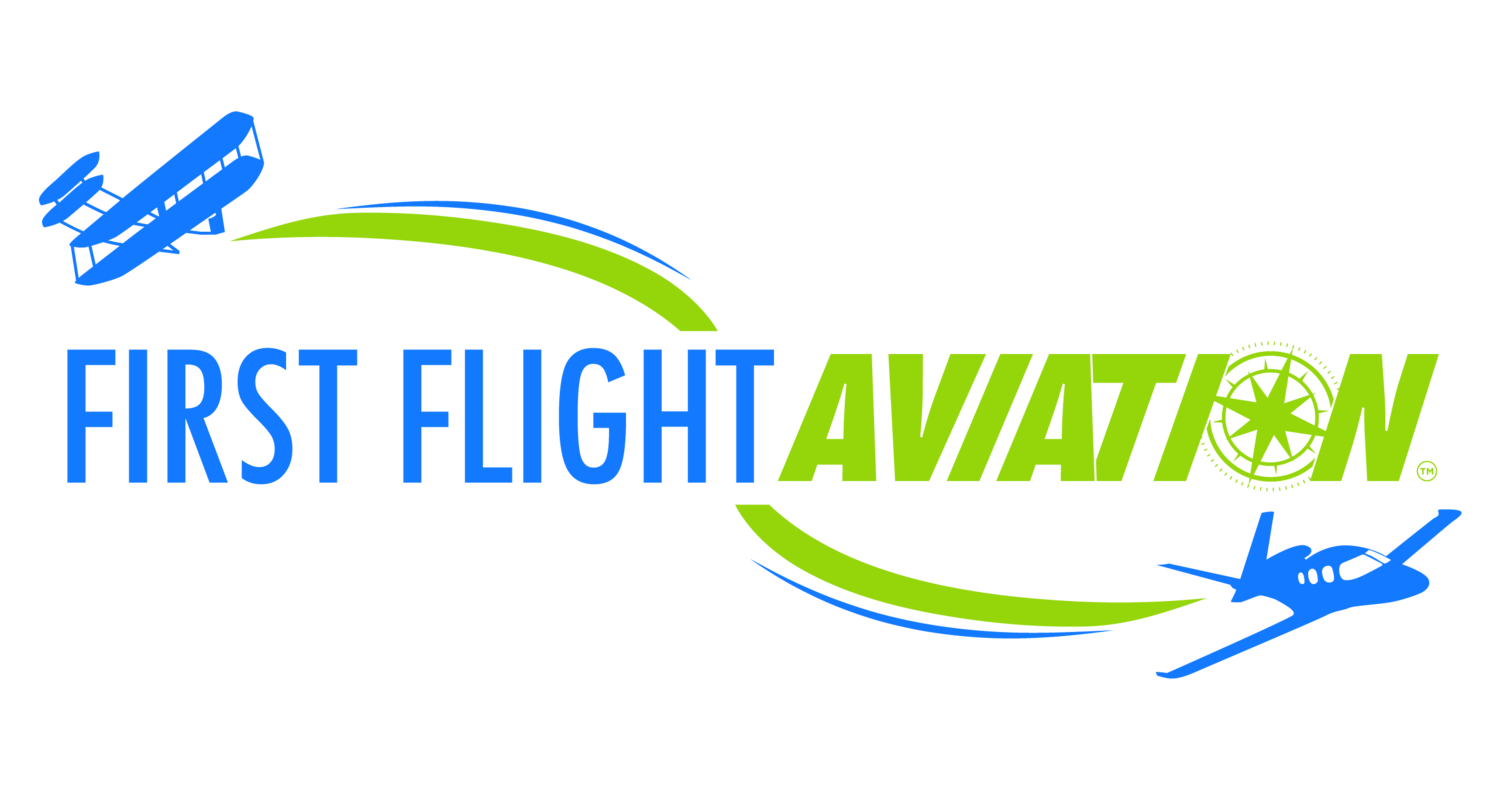
A student pilot’s first cross-country flight is one of the most exciting milestones in aviation training. It combines everything you’ve learned about navigation, communication, flight planning, and weather interpretation into a single experience that tests your skills and confidence. If you’re training in Dayton, OH, or anywhere in Ohio, this guide will walk you through everything you need to know to prepare for a smooth and successful first cross-country flight. Whether you’re meeting FAA requirements or simply want to make the most of your cross-country flight training, understanding the process from preparation to landing will help you fly with confidence.
Understanding Student Pilot Cross-Country Requirements
Before you plan your route or check the weather, it’s important to understand what qualifies as a cross-country flight under FAA regulations. For student pilots, the FAA defines a cross-country flight as one that includes a landing at an airport more than 50 nautical miles from the point of departure. To meet student pilot cross-country requirements, the flight must include specific training milestones, endorsements, and proficiency checks from your instructor.
Your Certified Flight Instructor (CFI) will ensure you’re proficient in several key areas before approving you for solo cross-country flight. These include navigation techniques using pilotage and dead reckoning, proper use of the radio and navigation systems, flight planning and fuel calculations, and understanding airspace classifications. You’ll also need to be able to determine and comply with weather minimums as outlined by the FAA.
In Ohio, weather conditions can vary dramatically depending on the season, which adds an extra layer of complexity to training. Learning to interpret METARs and TAFs, understanding local wind patterns, and recognizing how regional weather affects visibility are all essential. Your instructor will make sure you can safely evaluate conditions before approving your cross-country endorsement.
Planning Your First Cross-Country Flight in Dayton, OH
Once you’ve met the necessary prerequisites, the real fun begins—planning your route. Students training around Dayton, OH have access to several airports ideal for cross-country flight training. From James M. Cox Dayton International Airport (DAY) to smaller general aviation hubs like Moraine Airpark (I73) and Springfield-Beckley Municipal (SGH), the area offers a variety of destinations for practice.
When selecting your route, your instructor will likely help you choose airports that are within manageable distances but still meet the FAA’s cross-country distance criteria. For example, a common route for students in Dayton might include flights to Columbus, Cincinnati, or Findlay. Each destination offers different types of airspace and airport layouts, helping you gain diverse experience.
The flight planning process begins with selecting checkpoints along your route. You’ll plot these on your sectional chart, determine true headings, apply wind correction angles, and compute estimated times en route (ETE). Fuel planning is equally crucial—you must ensure you have enough fuel to reach your destination with a legal reserve, accounting for unexpected headwinds or deviations.
Modern tools like ForeFlight and Garmin Pilot have simplified the planning process, but student pilots are still expected to understand traditional paper chart methods. Being able to calculate time, distance, and fuel manually is part of meeting FAA proficiency standards. Using both digital and manual tools ensures redundancy in case of equipment failure.
Weather, Navigation, and Airspace Awareness
Ohio’s weather can be unpredictable, especially during transitional seasons like spring and fall. A clear morning in Dayton can quickly turn into low ceilings by afternoon. Before any cross-country flight, you must complete a detailed weather briefing, either through Flight Service or an online tool approved by the FAA. You’ll need to analyze surface observations, forecasts, radar, and NOTAMs to confirm that both your departure and destination airports meet visual flight rules (VFR) minimums.
Navigation during your first cross-country flight requires balancing visual references with instrument awareness. In Ohio, the terrain is relatively flat, which can make pilotage—navigation by visual landmarks—both easier and more challenging. While large features like rivers, highways, and towns serve as reliable references, the lack of distinct terrain elevation means you must stay vigilant about tracking your position using checkpoints and time intervals.
Understanding Ohio’s airspace is another critical element of preparation. Dayton is surrounded by Class C airspace at Dayton International, Class D at Wright-Patterson Air Force Base, and several Class E transition zones. Knowing where you can and cannot fly without specific clearance is vital. Your instructor will teach you how to request flight following from air traffic control (ATC), which can be especially helpful for student pilots during cross-country flights. It provides radar traffic advisories and ensures you maintain situational awareness while navigating through complex airspace.
Radio communication is often one of the most nerve-wracking parts of a student’s first cross-country experience. Practicing your phraseology in advance can ease the anxiety. Listen to live ATC feeds online or use simulator tools to get comfortable with standard calls, such as position reports and requests for traffic advisories. Remember that clear, concise communication helps controllers assist you more effectively.
Managing Stress and Staying Focused During Flight
Even with thorough preparation, it’s normal to feel nervous before your first cross-country flight. Managing that stress is part of becoming a confident pilot. The key is preparation. Review your flight plan multiple times, visualize each leg of the trip, and discuss any concerns with your instructor before departure. Many student pilots in Dayton find that performing a “chair flight”—a mental walkthrough of the entire process—helps solidify their understanding.
During the flight, it’s important to pace yourself. Stick to your planned headings, but also use your eyes and instruments to verify you’re on course. Constantly cross-check your location with your visual checkpoints and the estimated times you’ve calculated. If something doesn’t match, don’t panic. Make small course corrections and reassess. Remember that minor deviations are normal, and your ability to detect and correct them is a sign of good airmanship.
Ohio’s scenery provides excellent visual references. Major highways like I-70 and I-75, the Great Miami River, and cities such as Springfield, Troy, and Middletown can all serve as orientation aids. When flying over these areas, stay mindful of controlled airspace and minimum safe altitudes, especially near busy urban zones.
Maintaining communication with ATC and other pilots in the area is crucial. Use standard radio calls when entering or exiting the traffic pattern, and always monitor the common traffic advisory frequency (CTAF) when flying to non-towered airports. The more you practice radio communication, the more natural it becomes, allowing you to focus on the big picture—flying safely and confidently.
Emergency preparedness is another aspect of stress management. Before every flight, review your emergency procedures and identify potential landing areas along your route. Knowing what to do in the unlikely event of an engine failure or system malfunction can significantly reduce anxiety. Confidence comes not just from knowing how to fly, but from being prepared for the unexpected.
Post-Flight Reflection and Building Experience
After landing, the work isn’t over. The post-flight phase is where much of your learning is solidified. Review your flight with your instructor and discuss what went well and what could be improved. Most CFIs in Dayton, OH encourage students to debrief thoroughly, analyzing fuel usage, navigation accuracy, and decision-making. Recording this feedback in your logbook helps track your progress and identify areas for growth.
If you encountered challenges during the flight—such as unexpected weather changes or difficulty maintaining course—discuss how you handled them and what you might do differently next time. The FAA emphasizes continuous learning and self-assessment as essential parts of pilot training. Each flight adds to your experience, and even small improvements contribute to your long-term proficiency.
You’ll also want to update your navigation logs and reflect on your performance in terms of communication, navigation, and situational awareness. Reviewing your GPS track, if available, can reveal interesting insights about your precision and route management. Many students are surprised at how small errors in heading can compound over long distances, reinforcing the importance of frequent position checks.
As you complete more cross-country flights, your confidence will grow. You’ll learn to adapt to Ohio’s diverse weather patterns, communicate effectively with ATC, and make sound in-flight decisions. By the time you’re ready for your private pilot checkride, your first cross-country experience will serve as a foundation for more advanced flying adventures.
Conclusion
Preparing for your first cross-country flight in Ohio is one of the most rewarding steps in your aviation journey. It’s the moment when classroom knowledge and local training at airports like those in Dayton, OH come together in real-world conditions. By understanding student pilot cross-country requirements, planning carefully, and practicing effective communication, you’ll build the confidence and skills needed to succeed.
Remember that every great pilot started exactly where you are—eager, nervous, and excited to take on the challenge. The lessons you learn from your first cross-country flight will stay with you throughout your aviation career. Whether your goal is to become a commercial pilot or simply enjoy the freedom of general aviation, your first trip across the Ohio skies marks the beginning of an incredible adventure. Stay diligent, keep learning, and soon the cross-country routes that once seemed daunting will become second nature.
Need a Fixed-Base Operator in Dayton, OH?
At First Flight Aviation, we know how thrilling it is to reach milestones like your first cross-country flight — and we’re here to help you make every one of them safe, successful, and unforgettable. As a trusted FBO and FAA-certified repair station located at Dayton-Wright Brothers Airport, our experienced team supports student and professional pilots alike with expert maintenance, avionics, and full-service line operations. Whether you’re flying in for training, preparing your aircraft for your next journey, or simply need a dependable home base in the birthplace of aviation, we’re ready to serve you. Contact us today to schedule your service or learn how we can support your aviation goals!
